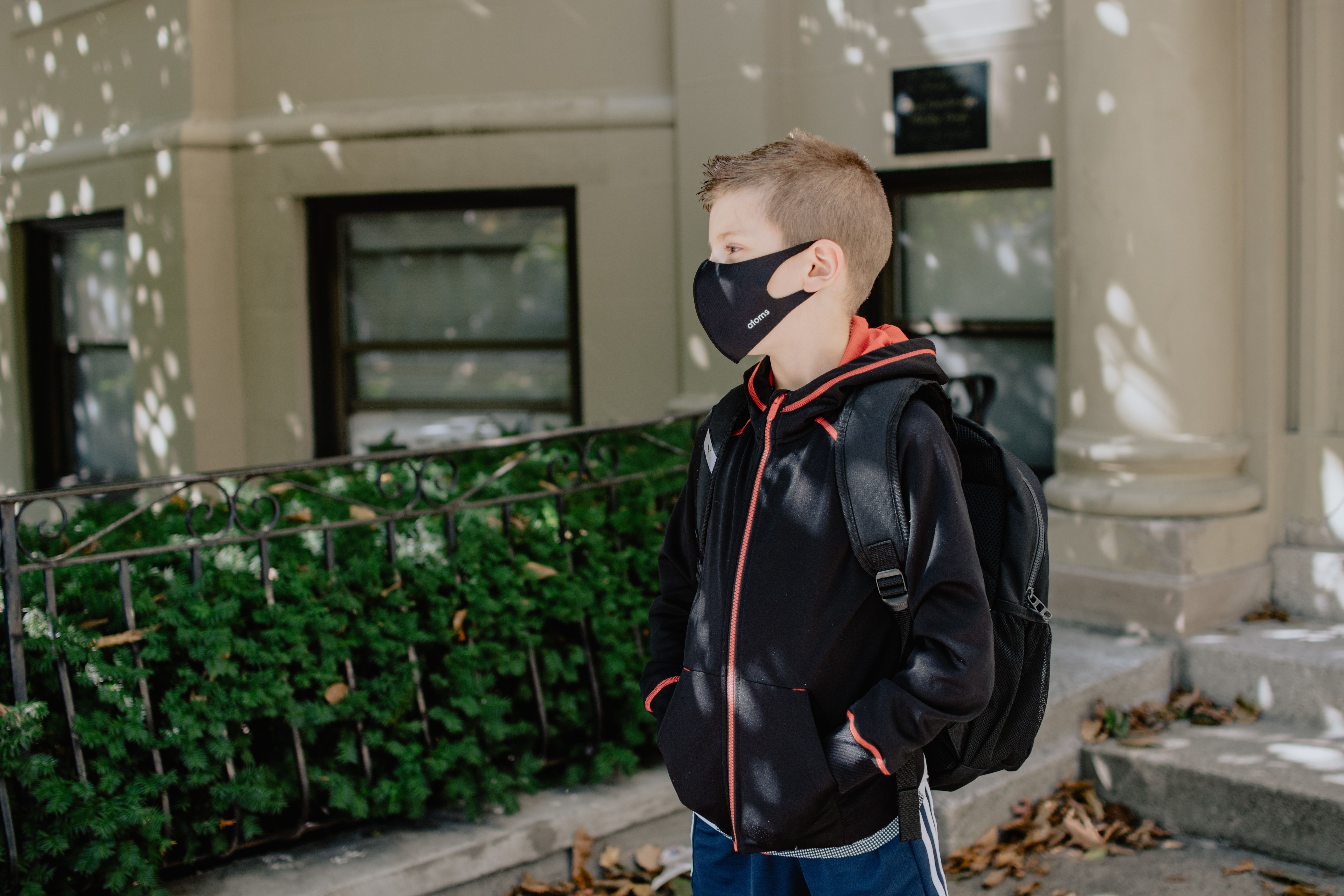Monitoring Asymptomatic COVID-19 Cases in Children Could Reduce Transmission
In a simulated model of vaccinations across age groups, investigators determined that asymptomatic infections in children will impact transmission of COVID-19 even among adults.

Even if only adult populations are vaccinated against coronavirus, identifying asymptomatic cases of COVID-19 among children will be crucial to lowering transmission rates. If they go undetected, an unrealistically high percentage of adults would need to be vaccinated in order to reach targeted, low levels of COVID-19 transmission, according to an original investigation published in JAMA Network Open.
Investigators from the US and Canada used a model of COVID-19 transmission based on different age groups in order to estimate the benefits of identifying asymptomatic infections of COVID-19 as a proxy for their vaccination. Then, the study authors calculated the proportion and speed of this identification system required to prevent future transmission rates under 5 percent compared to the vaccination coverage among children that would achieve the same goal. The study authors wrote that children will likely be factors in silent transmission as they are more likely to develop asymptomatic infections compared to other age groups.
The investigators used the following age categories: 0 to 4 years, 5 to 10, 11 to 18, 19 to 49, 50 to 64, and 65 years or older to develop their model, which was based on U.S. census data. Some individuals in the model were asymptomatic through recovery, but others developed symptoms after the presymptomatic stage, the study authors explained. Publicly published estimates allowed for the investigators to provide real-world age-specific parameters regarding mean durations of epidemiological stages, they said.
In the model, the investigators identified and isolated symptomatic cases within 24 hours after symptom onset. They allowed between 2 and 5 days to identify and isolate silent infections, though. They also assumed that 80 percent of individuals 50 years and older and about a quarter of adults aged 18 to 49 years were vaccinated in their model—leading to 40 percent of adults covered by vaccines within 1 year. They also allowed for the assumption that vaccine efficacy was 95 percent against the development of symptomatic or severe disease, based on the results of real-world phase 3 trials.
The study authors also used a transmission rate of Re = 1.2 in their model, they said. At Re = 1.2, the study authors said they would expect an overall attack rate of 10.8 percent among a population with no silent infections detected. However, for example, they wrote that by day 2 of identification and isolation the attack rate could drop as low as 3.4 percent. To achieve that same attack rate in 3 days, a detection rate of 13 percent would need to be reached; after 4 days, a detection rate of 42 percent; and after 5 days, a detection rate of 98 percent, the study authors observed.
Among children, who are not yet eligible to be vaccinated and thus were not vaccinated in the investigators’ model, estimated attack rates dropped from 12.5 percent to 8.2 percent in the overall population without identifying asymptomatic cases. The study authors also found that after 2 days, they could reach 11 percent identification; 3 days, 13 percent; 4 days, 41 percent; and 97 percent after 5 days could bring the attack rate under 5 percent. They said this means that even when vaccines are available to children, identifying silent infections will still be essential to mitigate disease burden among this population.
“Vaccination can alleviate the burden of COVID-19 outbreaks and may allow for resource reallocation toward targeted contact tracing in settings where unvaccinated individuals congregate, such as schools and day-care facilities,” the study authors wrote. But if vaccines remain only available for adult use, the simulation showed that if only 1 in 10 infected children were identified after 2 days after infection or 1 in 7 after 3 days, the attack rate could shrink to less than 5 percent.
